 Today we’d like to introduce you to Lupita Vargas.
Today we’d like to introduce you to Lupita Vargas.
Lupita, we appreciate you taking the time to share your story with us today. Where does your story begin?
Like any immigrant, leaving behind family, friends, career and places is difficult and tremendously nostalgic. We live in two worlds. We love and value this country, but at the same time our heart longs for the country where we were born, where we still have connections and roots.
I have always been very proud of my native roots, of the great history of the Mexican people, not only of contemporary history but also of the history of ancient Mexico.
Through textiles, I entered a world that until a few years ago had been unknown to me: the world of native peoples told through their clothing.
And much more than that, the conditions in which the communities live, the abandonment and its vicissitudes, the abuse to which they are subjected and the theft of their centenary work, because many of the techniques and iconographies practiced by artisans in their textiles have been passed down from generation to generation for hundreds of years.
Pride and appreciation for these beautiful works made me change my way of dressing and seeing fashion, hence, it was just one step to start bringing these pieces from those communities that caused so much admiration wherever I went. As a consumer, I witnessed the abuse and haggling of the work of the artisans. Through these experiences, I wanted to make contact with artisans, so I could purchase the product for its true value. This cascaded into a project that is now Tzintzun.
Alright, so let’s dig a little deeper into the story – has it been an easy path overall and if not, what were the challenges you’ve had to overcome?
Distance and time has been my greatest difficulty. Understanding the difference of idiosyncrasy, customs, concepts, times, has been a great challenge because what is urgent for us may not be for them (artisan). How can it be urgent to complete a dozen blouses when they have to face the social, political and even climatic difficulties that these regions suffer from? But the result of waiting is worth it. Another challenge has been educating the public about the value of these pieces, it is not an industrially produced product, it is slow fashion, not disposable, unique, imperfect and traditional pieces that are inheritable.
Thanks – so what else should our readers know about Tzintzun Clothing?
Something that is important to share is that these pieces are more than clothing, in them the entire cosmovision of a community is represented, which are often rescued iconographies, that while they are woven or embroidered, the artisans pray, sing, they dream, and they speak with their loom, they whisper their sorrows and joys to them like an intimate friend. These pieces are full of love and energy and I am only a bridge between those women and men and my clients who value and seek this type of art.
Also, for almost two years, like every small business, I have been in charge of almost everything, my team is my family who are always supporting me, my daughters are my models, my sister in Mexico supports me by receiving the orders that are completed and shipping them to me, my husband supports me in local pop-ups and I organize everything and everyone (laughs); Contact with artisans, physically when I travel or via video call when it is not possible to travel to refine details, buy fabrics, discuss color ranges with artisans, etc. I manage social networks and the website, I am in charge of sales, shipments, and finances, as we say in Mexico, I am a todologist (who makes everything)
Can you tell us about the risks you faced?
I think my biggest risk is talking about things that people do not want to hear since we currently live in the hypersensitization era, there are too many complaints around us, too many social and inequality problems, too many labels, and I feel that people do not want to hear about more problems. Bringing awareness and making visible plagiarism and cultural appropriation of the indigenous communities can be an uncomfortable topic, but the defense of original textile art is one of the missions of my project, not only marketing but also promoting and educating the consumer about the historical value of these pieces, the conditions in which these communities live and the abuse to which they are subjected. They rely on their art to provide for themselves and their families.
Pricing:
- $45
- $350 (eight months to make a piece)
Contact Info:
- Email: [email protected]
- Website: tzintzunclothing.com
- Instagram: https://www.instagram.com/tzintzun_clothing
- Facebook: https://www.facebook.com/tzintzun_clothing-101315511547281
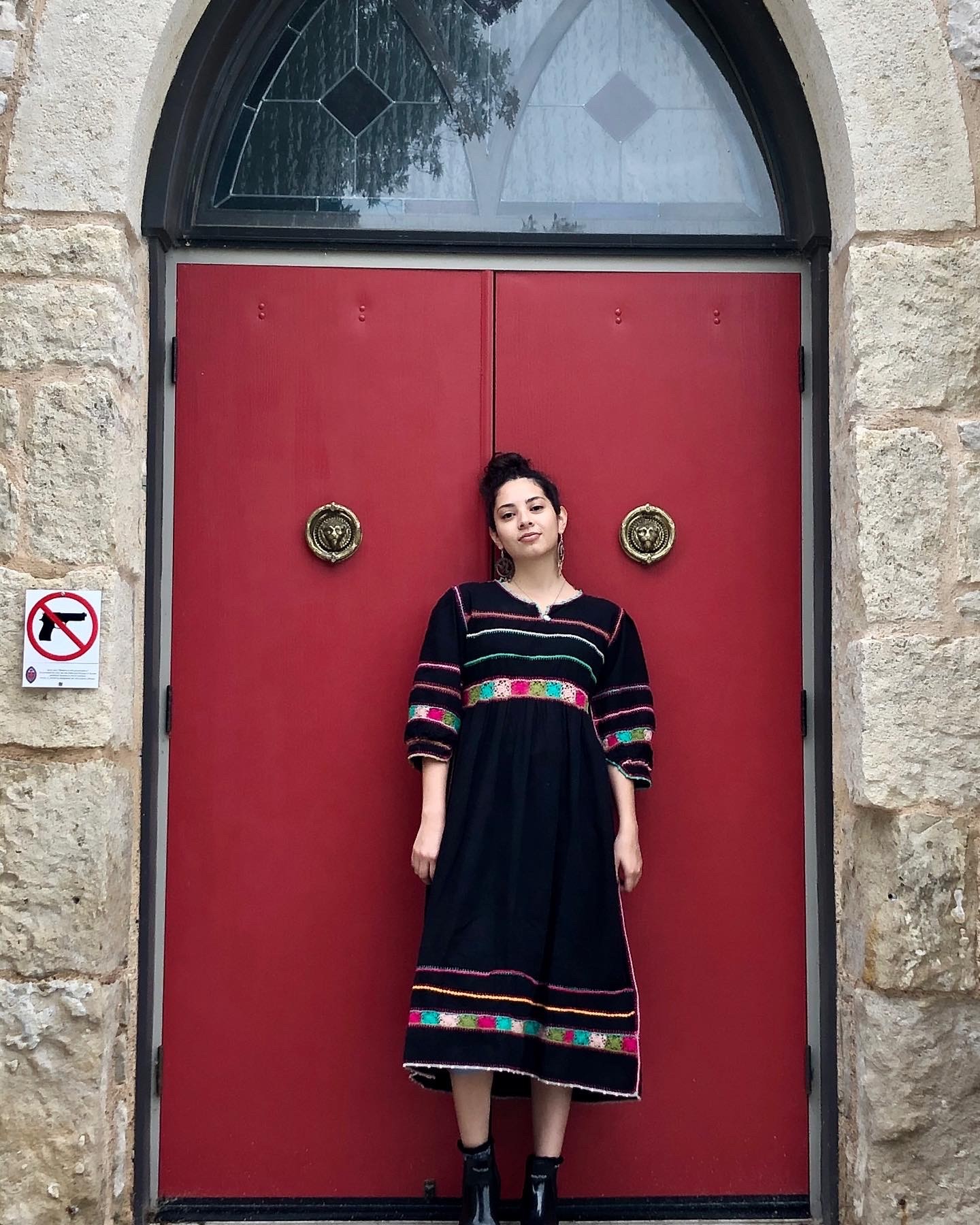
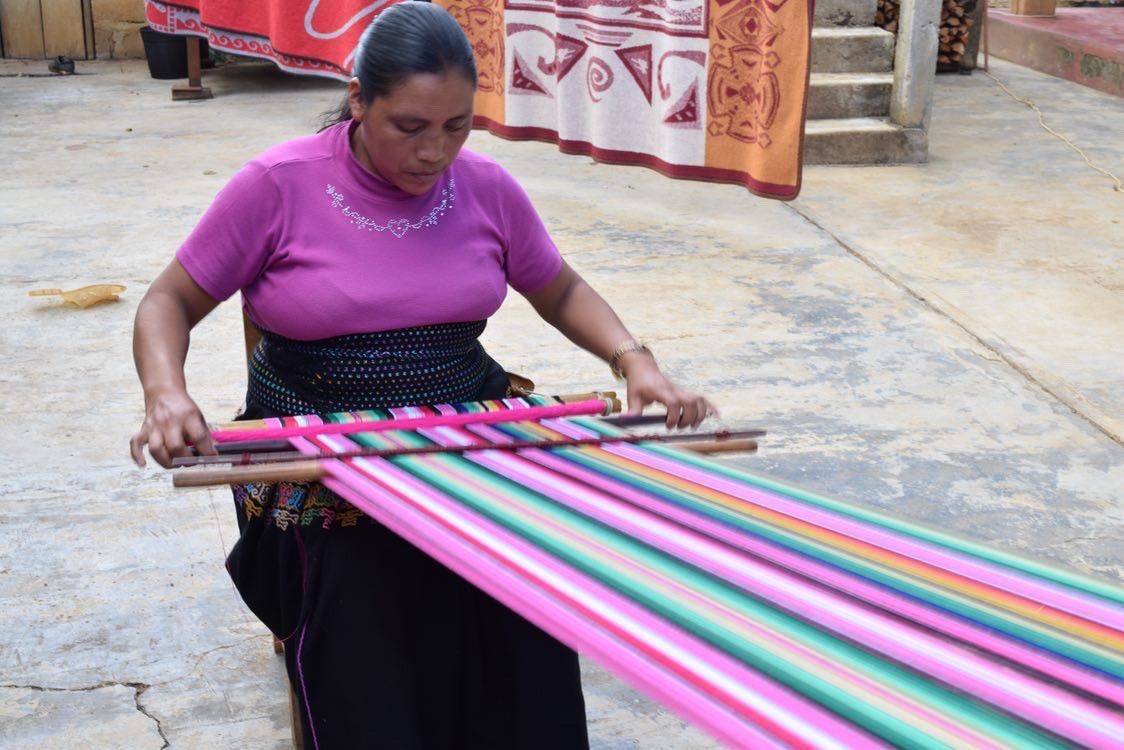
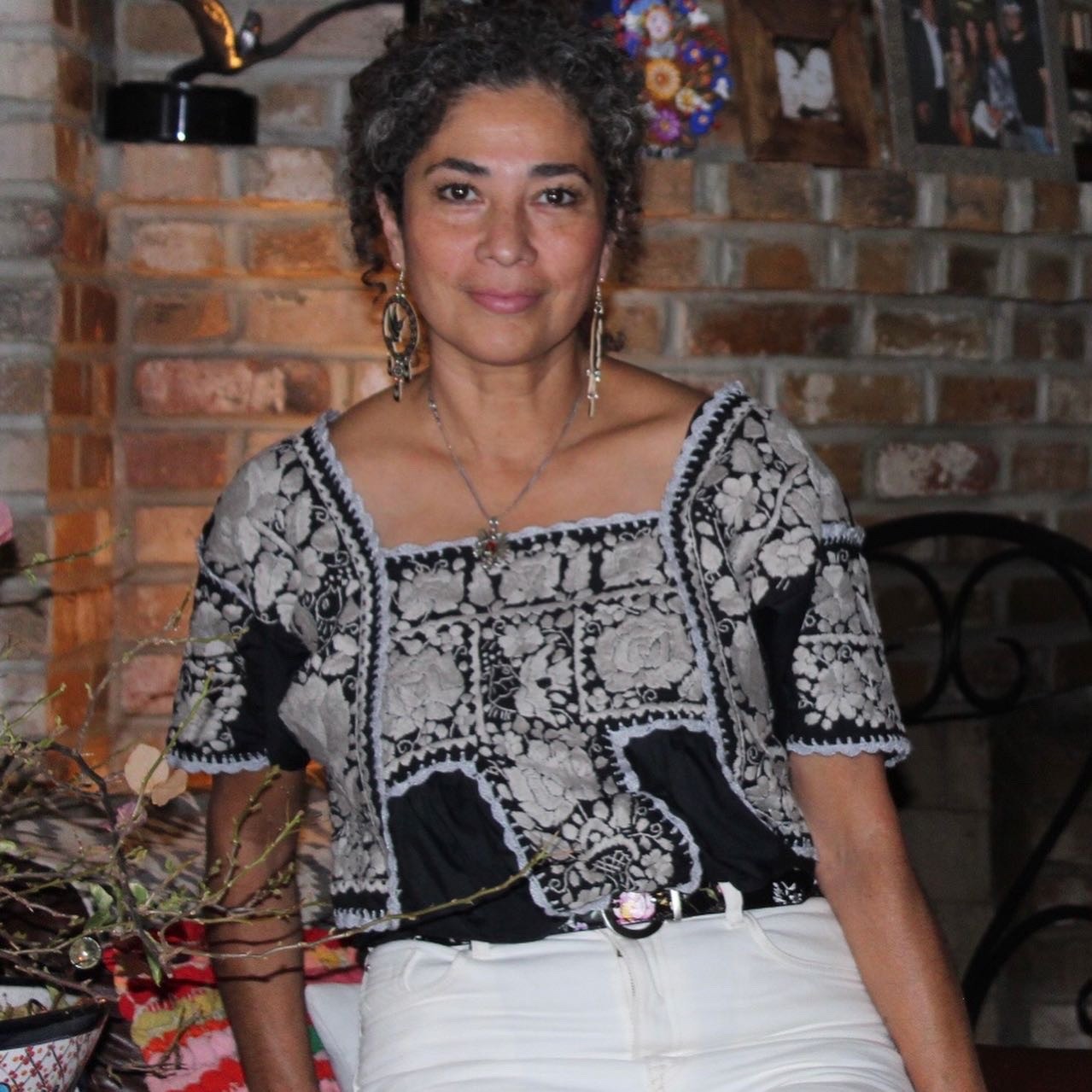
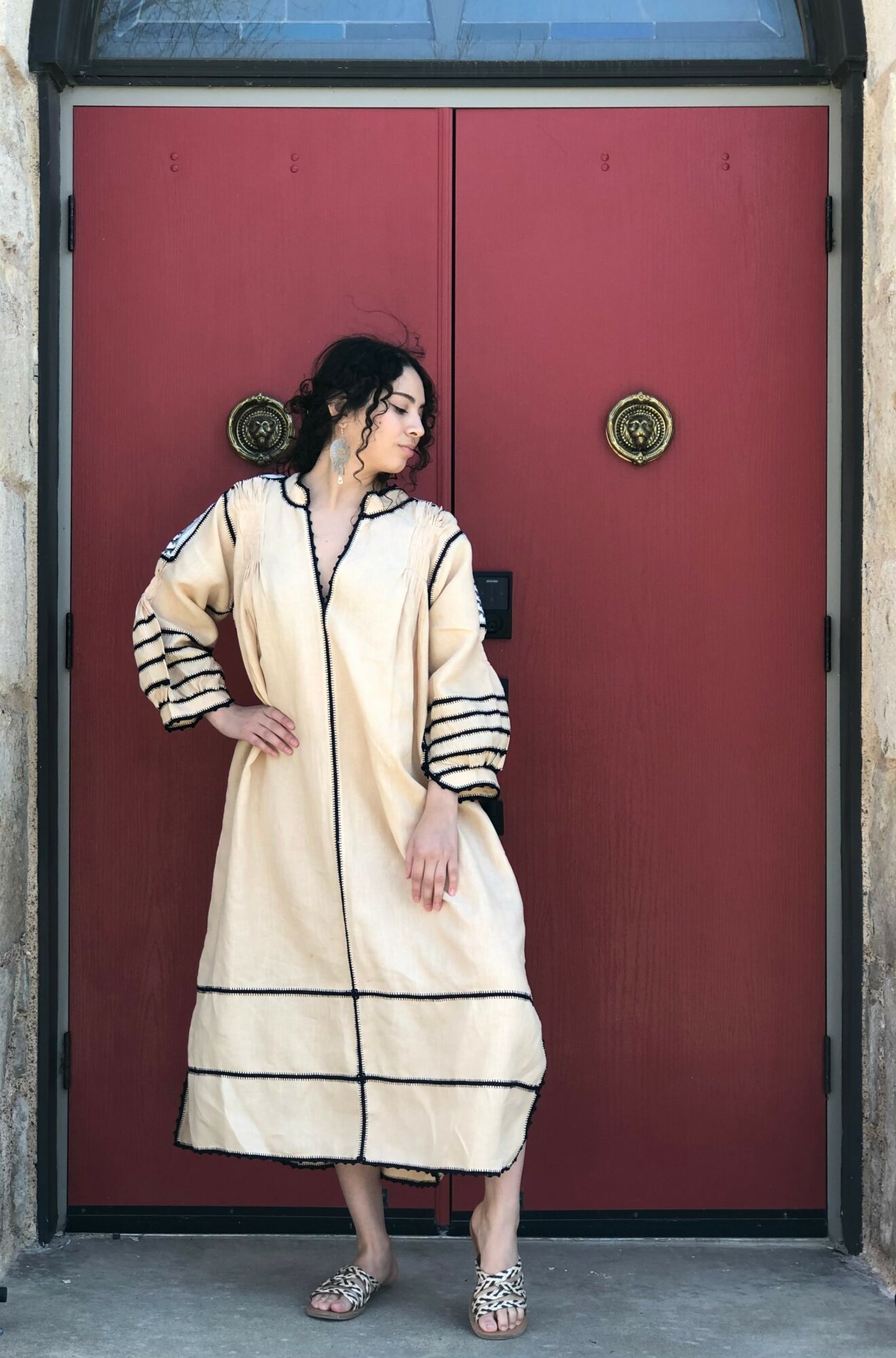
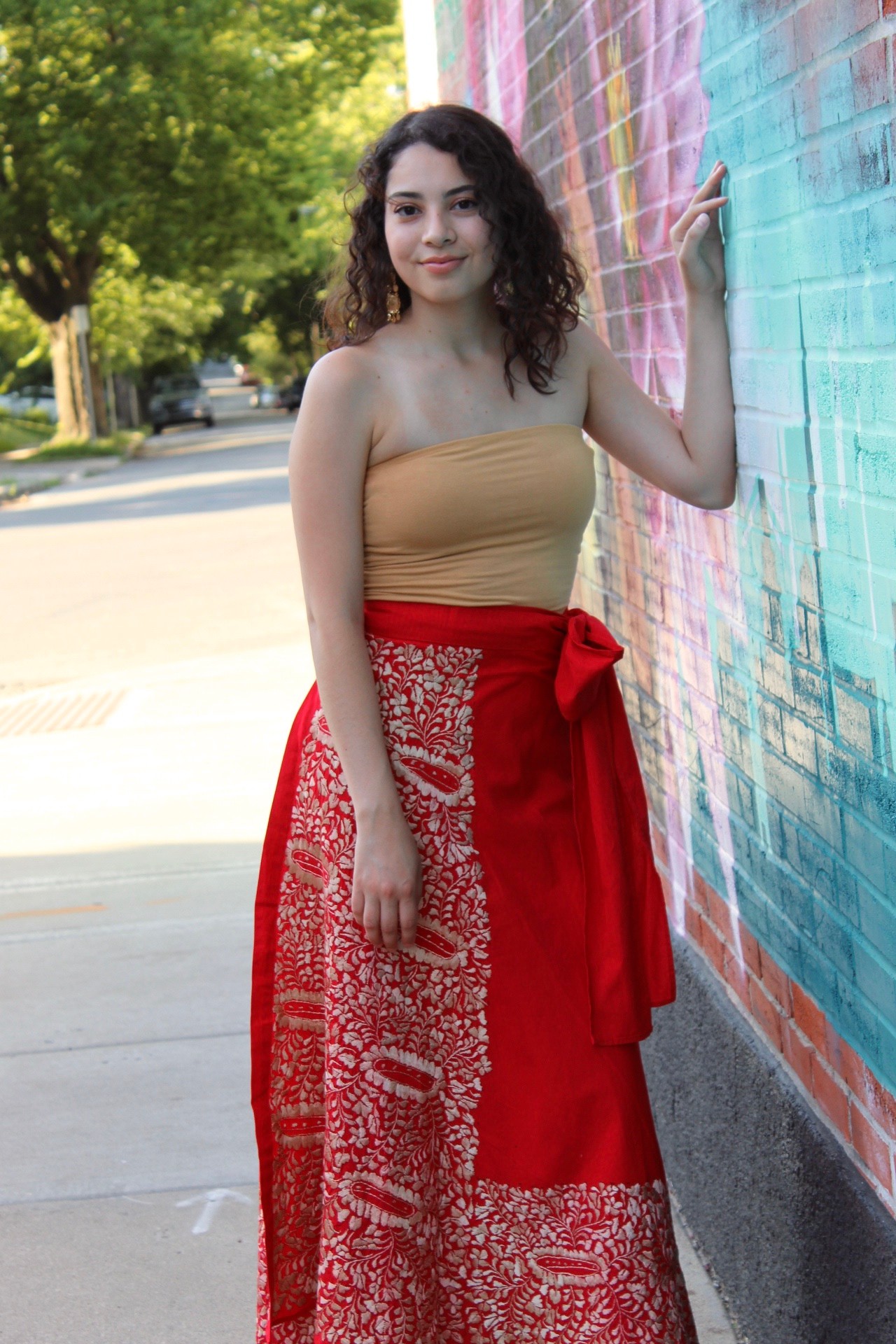
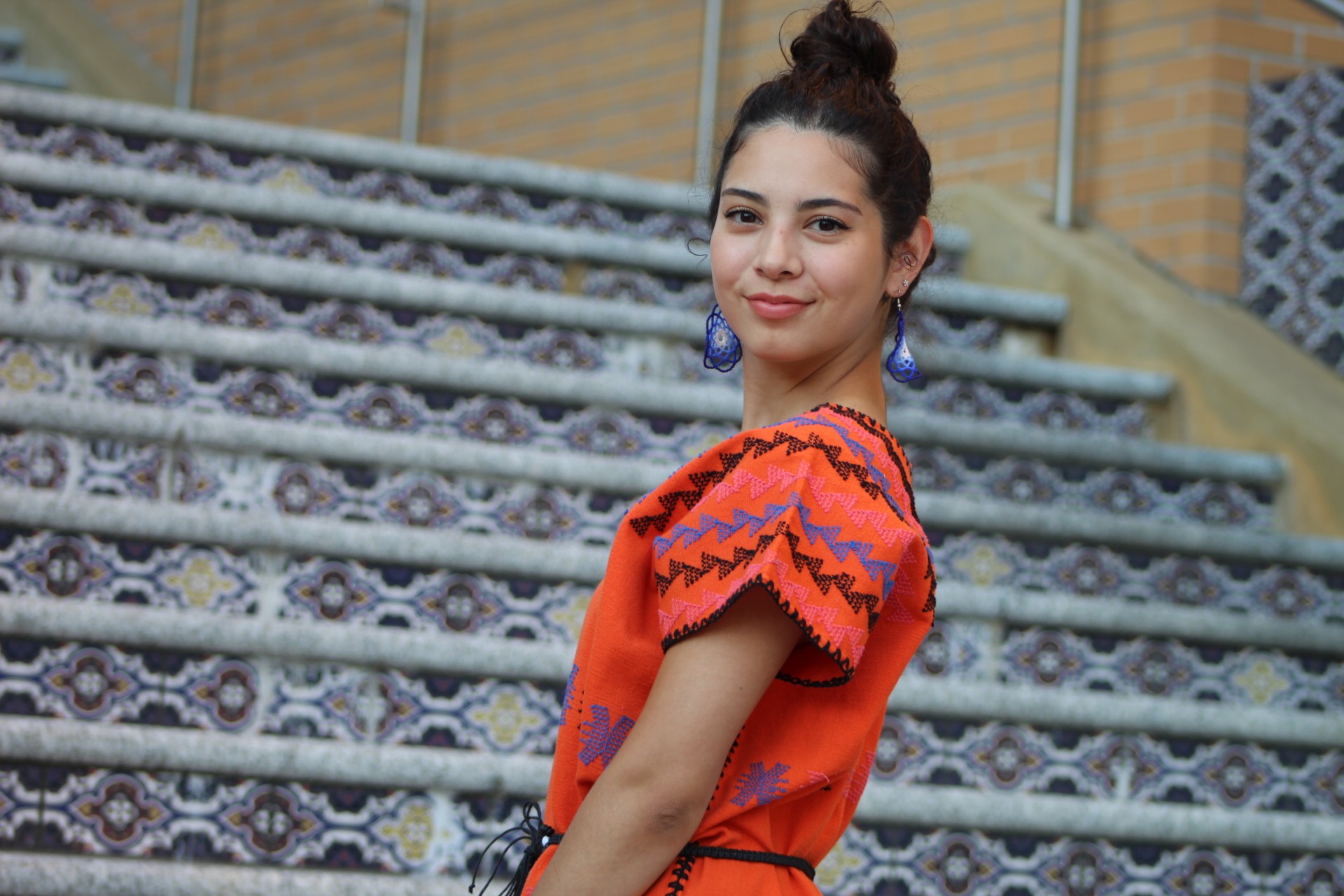

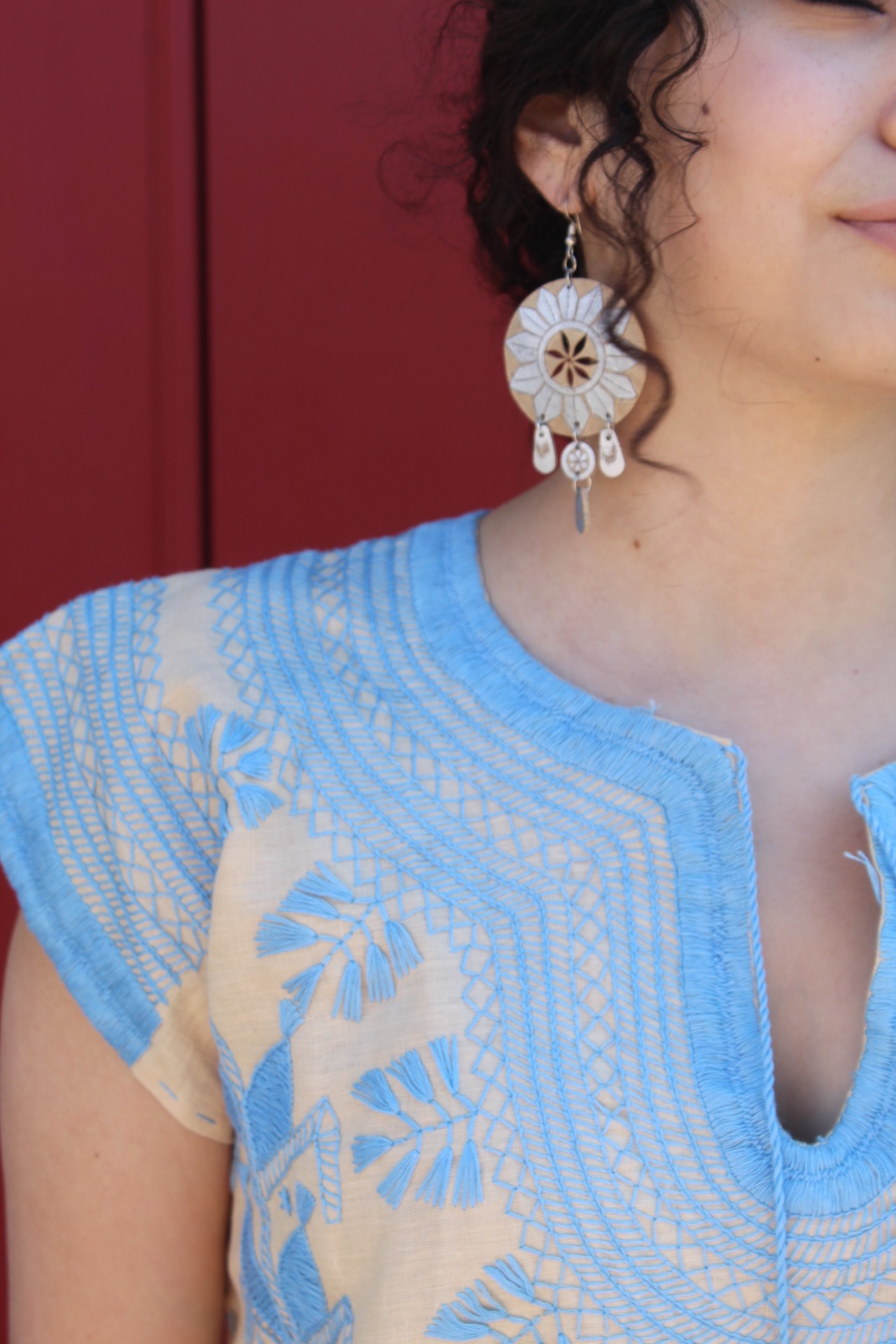
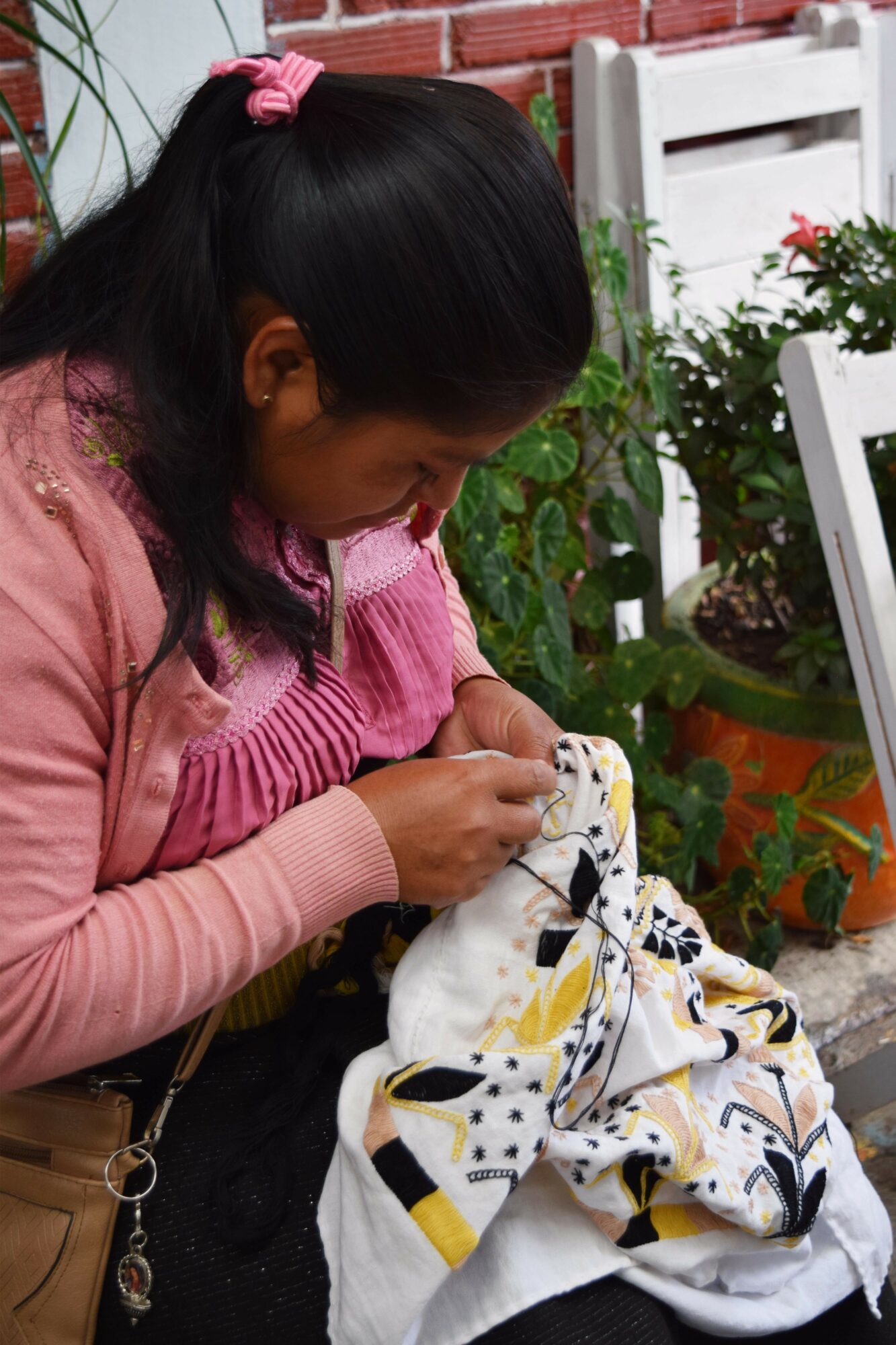












Stephanie Jacobo
August 16, 2021 at 4:48 pm
I am a huge supporter of the mission and vision that Lupita and her team so commitedly seek out to accomplish. She spreads awareness and inspiration for us, the consumer and community member, to respect and uphold value in the process and culture of these pieces that are incredibly special and soulful. I have found myself to be far more connected to my roots and to the earth my family immigrated from because of Lupita and Tzintzun Clothing. It truly is clothing with ancestral soul.